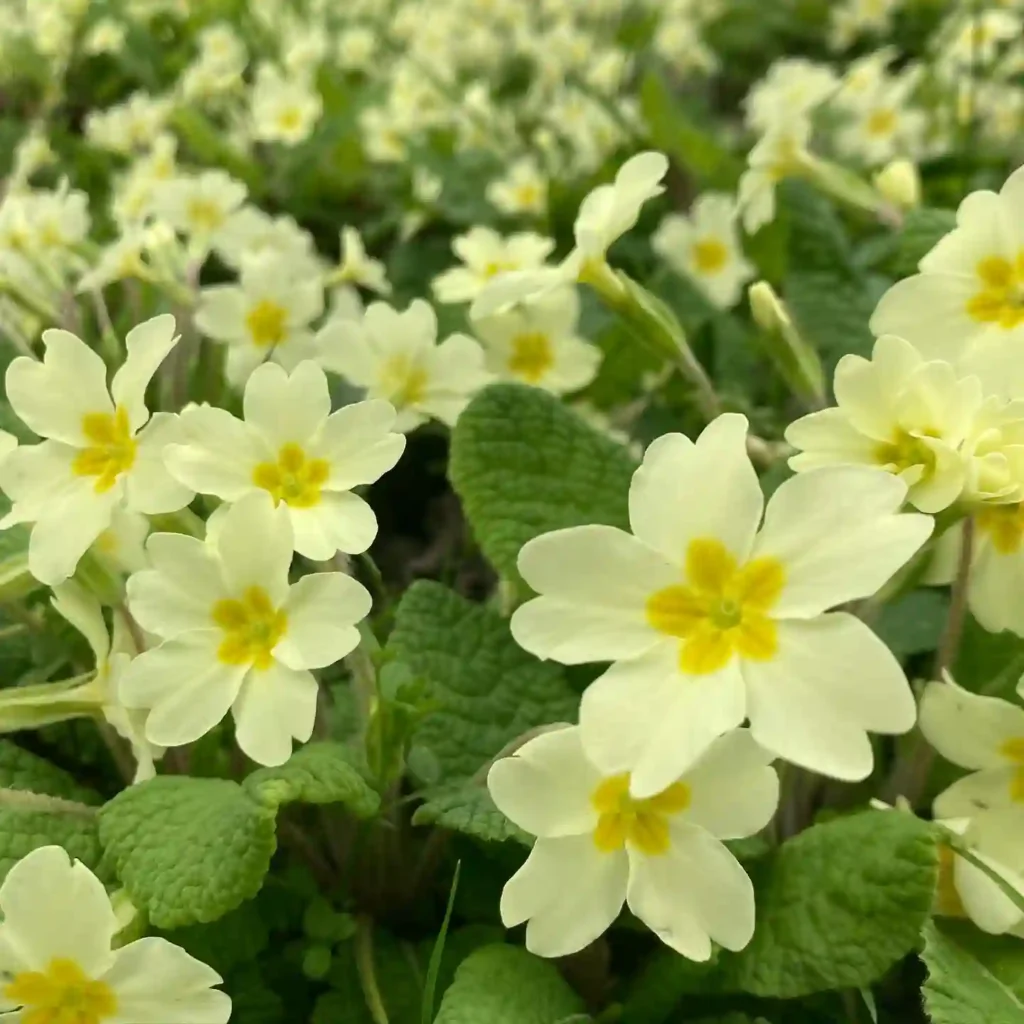
The Allure of the Nepenthes Miranda: A Carnivorous Beauty
As a passionate carnivorous plant enthusiast, I’ve always been drawn to the captivating forms and predatory nature of these botanical marvels. But among the many, the Nepenthes Miranda holds a special place in my collection. This vigorous hybrid, with its captivating speckled pitchers and robust growth, never fails to enthrall. However, its captivating looks come with a few mysteries, particularly regarding its care requirements and lineage. In this article, I’ll delve into the world of Nepenthes Miranda, sharing my experiences and insights on cultivating this remarkable carnivore.
Plant Family: Nepenthaceae – 207 Species in Genus Nepenthes
Is Nepenthes Miranda a Highland and Lowland Species?
The Nepenthes Miranda’s origin story is a bit of a puzzle. It’s widely believed to be a hybrid stemming from the union of Nepenthes maxima (a lowland dweller) and Nepenthes northiana (a highland specialist). Some sources claim it’s a straightforward cross, while others suggest a more intricate lineage involving a backcross with Nepenthes maxima. This ambiguity regarding its parentage leads to a crucial question: where does the Nepenthes Miranda thrive?
Due to its mixed heritage, the Nepenthes Miranda exhibits characteristics of both highland and lowland species. While it can tolerate warmer temperatures than a pure highland Nepenthes, it still prefers a cooler environment compared to a true lowland dweller. In my experience, finding the sweet spot for this plant is key. I’ve found success by providing intermediate conditions, mimicking the cool, humid mountain slopes where its potential ancestors might have co-existed. This translates to maintaining temperatures between 60-80°F (15-27°C) during the day and slightly cooler nights.
Is Nepenthes Miranda Sterile?
Another intriguing aspect of the Nepenthes Miranda is its potential sterility. Some growers report difficulty achieving successful pollination, leading to the belief that the hybrid might be sterile. While I haven’t personally attempted pollination yet, this hasn’t stopped me from thoroughly enjoying the plant’s unique characteristics. However, for those interested in seed propagation, further investigation into the plant’s fertility might be necessary.
How to care for Nepenthes Miranda?
Here’s where the real fun begins! Cultivating a healthy and thriving Nepenthes Miranda requires attentiveness to its specific needs.
Light: This plant thrives under bright, indirect light. South-facing windows with shade cloth or east-facing windows can provide the perfect balance. Avoid harsh, direct sunlight, which can scorch the delicate pitchers.
Watering: Nepenthes Miranda prefers consistently moist, well-draining soil. I utilize a sphagnum moss and perlite mix, offering excellent drainage while retaining sufficient moisture. Watering from the top ensures the entire potting mix receives a good soak, and I allow excess water to drain freely. Avoid letting the plant dry out completely, and never allow water to sit around the base of the plant.
Humidity: As a tropical native, Nepenthes Miranda craves high humidity levels (around 70-80%). Grouping it with other humidity-loving plants, employing a pebble tray filled with water, or using a humidifier can create a suitable microclimate.
Feeding: While the Nepenthes Miranda captures prey in its captivating pitchers, supplemental feeding can be beneficial. I offer diluted orchid fertilizer or crushed bloodworms every few weeks during the growing season.
Conclusion: The Allure Endures
The Nepenthes Miranda may pose some challenges, but its captivating beauty and rewarding cultivation make it a worthwhile addition to any carnivorous plant collection. By understanding its potential highland-lowland heritage and providing the right environmental conditions, you can cultivate a thriving specimen that will continue to enthrall you with its unique charm. So, if you’re looking for a conversation starter and an intriguing carnivorous companion, consider welcoming the Nepenthes Miranda into your world.
If i die, water my plants!



